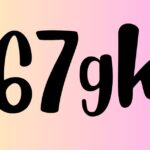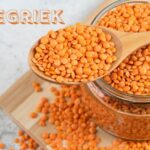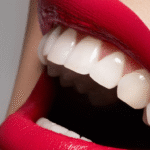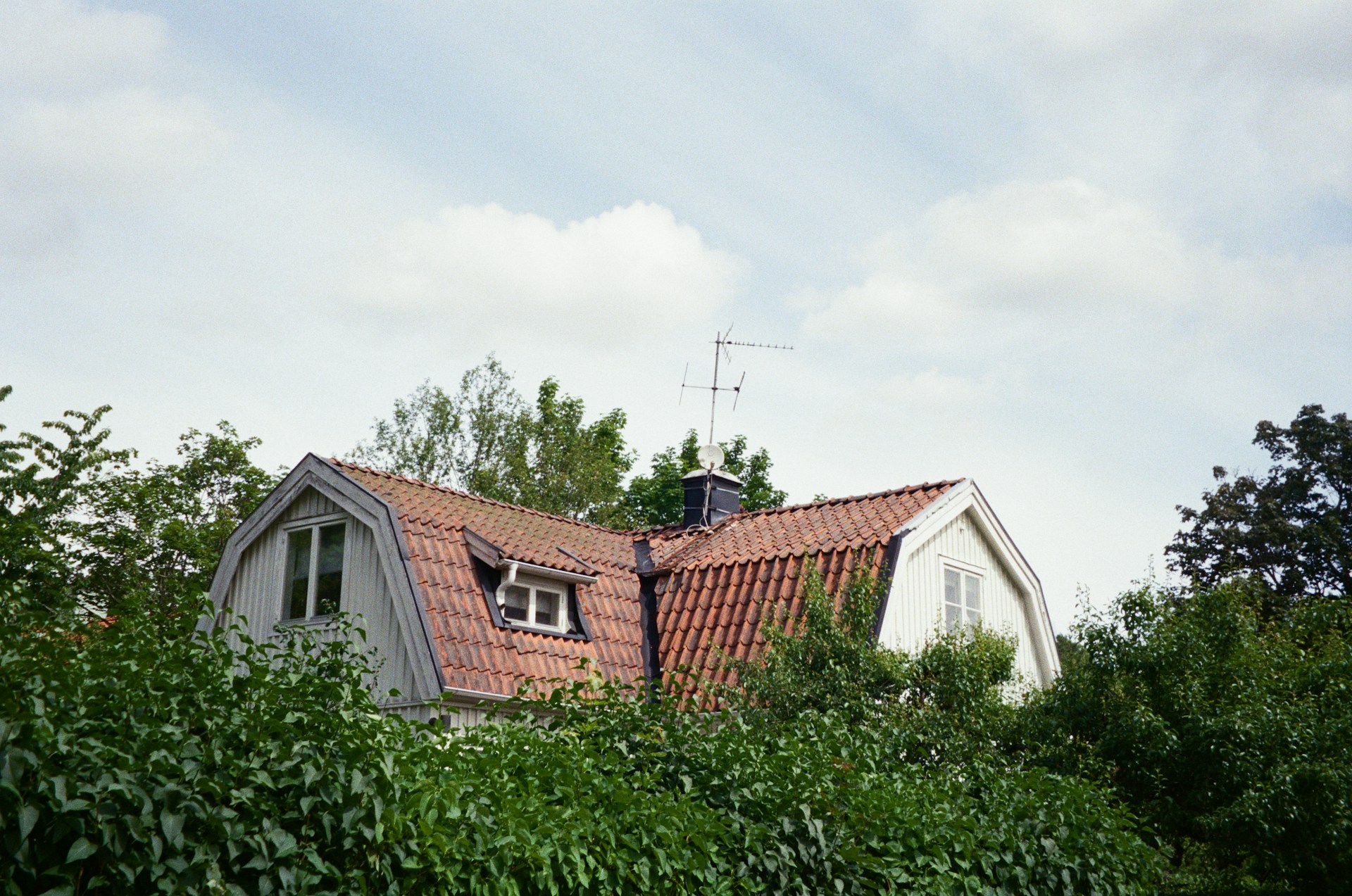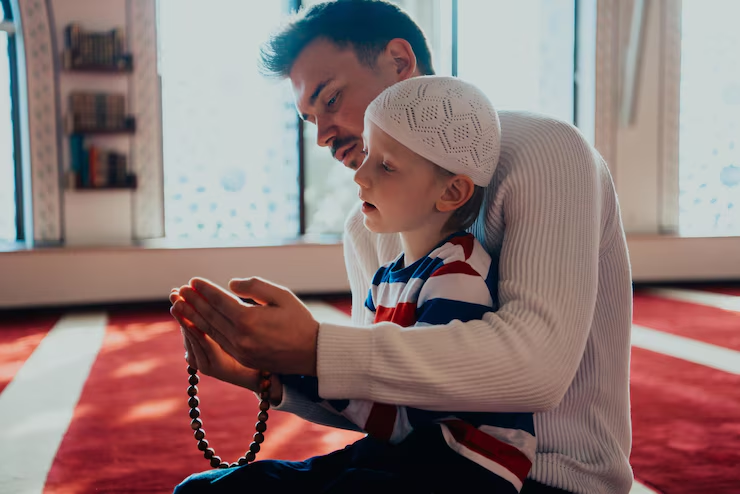Part of establishing an event like art camp is to discuss ideas from all perspectives. So if you’re wondering what grabs our attention when we’re looking through submissions or scouting, you’re in the right place.
An artist statement is pretty debatable these days. There are so many channels to voice various works on, so why write one statement to define it? It’s likely we will not know you. Whether you submit your work directly to us, or even if we approach you because we saw your work on a platform like Instagram—we want to know what you’re about, from you.
Now, a written statement might not be for you. In Nassem’s Ven Lab (Venison Laboratory; similar to critiques) we discussed her work, the process and her medium for showcasing. She creates with video and sound. So we thought – why not a video taped artist statement? Make this tradition of sharing your process, work for you. Whichever format it might be in.
To the left are just a few examples of user friendly websites, with images that clearly display the works.
If you check out Joshua Haglers site, you’ll see that he does not have an artist statement, but instead writes about each project or series.
Not recommended
- no bio or statement
- clutter; difficult to navigate
- adding music to your site that autoplays
- images without information
- contrast too high – foreground and background lack partnership
- image size too large or too small
- too many images to look through with similar perspectives
- large sized files – slows loading process (72 dpi is efficient!)
Highly recommended
- add a bio (about you) and statement (about your work)
- user friendly, easy to navigate, seamless, clean
- image overview (thumbnails)
- organization; leave room for titles, description, dates, medium
- small statements, to the point
- if you add music, allow the viewer to choose to play it
- add various (Photographic) perspectives of each artwork or object
- contextualize your site – tell us the story, visually as well as verbally (studio images, in process work)
So, we’ve discussed from the perspective of accepting submissions. But how about the other end of this process? What is the application process like for grants, calls, or anything else? They key is to make sure that the organization you’re applying to knows that you understand them. Read their mission statement first!
Branding & Styling on Social Media with Tyler Thrasher
Social media is the present and the future. Thanks to Tyler, we’ll be able to navigate our way through it better than ever before. Here’s what he shared:
- treat Instagram like the gallery that it is
- cohesiveness is key
- pick a style to present your work; what mood does your work envoke?
- profile picture should represent your work; relevancy is important
- image should be a piece of work you’ve created
- add personality
- share who is behind the art or product
- share something from your personal life (so we know you’re human, too)
- rule of thumb: 90% art and 10% personal life
- give your the viewer a reason to care
- provide visuals, but caption it what inspired you to create this specific piece.
- engage!
- reply to questions and comments
- Instagram DM: direct messages: decline or accept as you see fit; no one can see if you read the message until you open it
- ignore trolls
- hashtags
- use your name, the city you or the art is in
- tag companies, brand names that are associated with the products you use to create pieces of work
- create a unique hashtag to separate + organize your images
- hashtag in every post
- reach out to your favorite artists
- comment on their posts, don’t just like the image
- introduce yourself with a picture of your work
- propose a trade (provides exposure for both parties)
- make it an equal trade; trade within your field, status, class, style
- provide giveaways – 2,ooo followers, 5k, 10k, 20k
- limit the number of giveaways you do
- giveaways provide a sense of awareness, appreciation and allows you to connect with your audie
Photographing your work with Molly Thompson
I live in a corner apartment that doesn’t get much natural light, which is unfortunate because it can make both you and your photos so much healthier. Molly wasn’t just one of the art campers this year, she did us the honor of photographing this session and providing us with some helpful tips. I personally found this workshop extra helpful. Some wise words from the skilled photographer:
- If something looks bad, it’s not going to taste good.
- capture the entirety of the piece for a full, front and center image
- capture a close up to show texture
- tell us what it feels like; we’re all wondering
- are there accents and details? find the right angle to display them
- products
- interact with the product; show it in use
- think about keywords to market and describe it
- leave room for negative space to insert words
- styling
- lift the object, make it stand out of its environment
- add other objects to accent and style
- The various perspectives available:
- above, close up, styled, bare, angled, think both, vertically and horizontally
- backlog your images for future use; keep on hand
- try to keep the number of images per product to a minimum
- Paintings and other 2D:
- catch shadows
- expose those details
- shoot painting or print on the wall
- take work in progress shots
- Installations and other 3D
- Wide shot (leave space)
- Medium shot (full and front)
- Close up (get the details)
- Tight shot (find an interesting angle)
- Interaction with object (is this piece lifesize?)
- Take photos in different light; also think about different times of day using natural light


